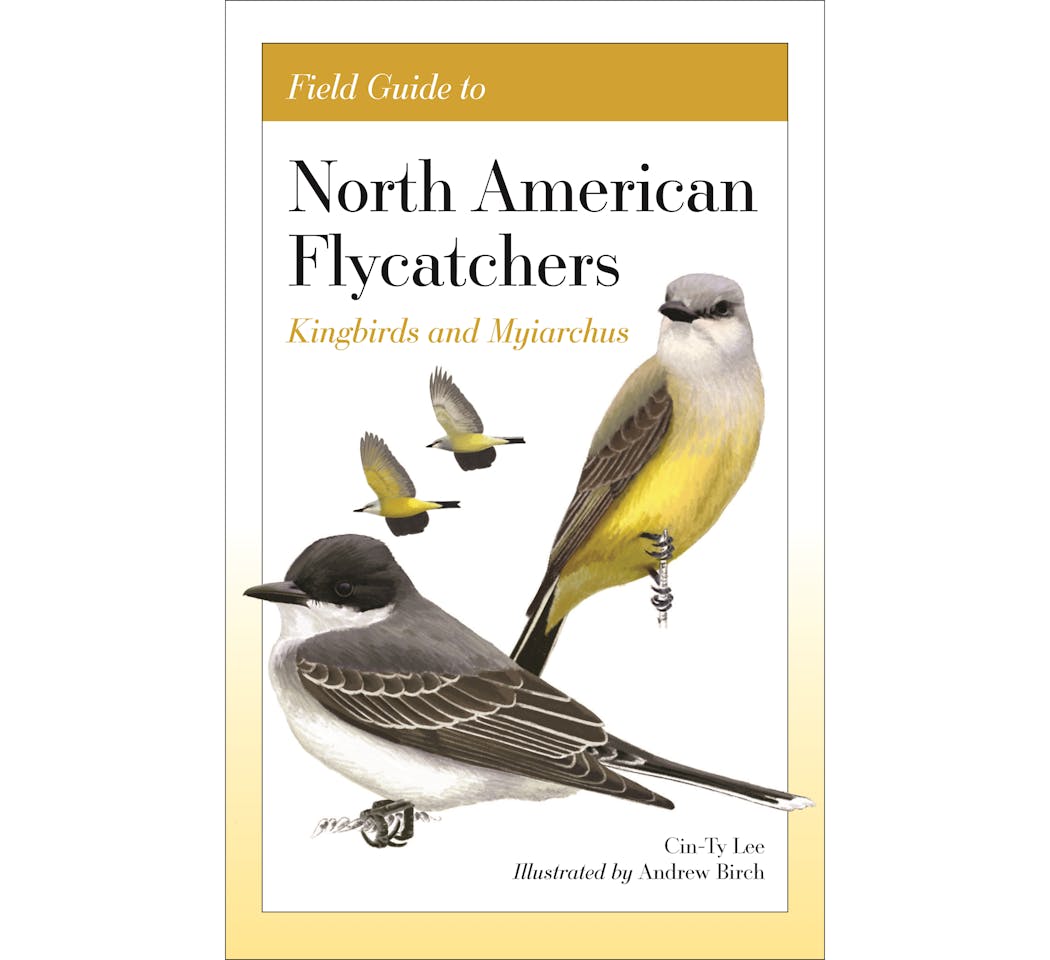A new, well-done field guide to flycatchers from University of Princeton Press covers 16 of the more than 400 species of flycatcher found in the world, including three of Minnesota's common flycatchers. "Field Guide to North American Flycatchers" by Cin-Ty Lee is $19.95.
Why only three of the 18 flycatcher species listed in "Birds in Minnesota," a definitive book of the where and when of these birds as presented by the late Robert Janssen?
First, the three species are great crested flycatcher, and Western and Eastern kingbirds. All three are fairly straightforward in identification. The kingbirds are distinctly different in appearance, one dark gray with a white breast and tail band, the other with a gray head over a yellow breast. The flycatcher, with a bright yellow belly and reddish crested head, is easily known by its loud, almost impertinent voice (krreeep!).
The other 15 of the 18 are not found in the state or do not belong to the Myiarchus family examined here. Those missing are either Empidonax flycatchers or pewees. Or one of the other species of flycatcher not known by that name, like kiskadees, phoebes, tyrannulets and waxwings. (Flycatchers are a complicated family.)
Identification of three other Minnesota common flycatchers, those that often pose an ID problem — least, alder and willow — can be found in a companion book from Princeton, "Field Guide to North American Flycatchers: Empidonax and Pewees."

Helen Simonson is in Jane Austen mode with 'The Hazelbourne Ladies Motorcycle and Flying Club'

St. Paul's Arborators play in the treetops: 'We're the world's only tree-climbing brass band'

Frank Stella, towering artist and master of reinvention, dies at 87
Angel Reese, Cardoso debuts watched widely on fan's livestream after WNBA is unable to broadcast



